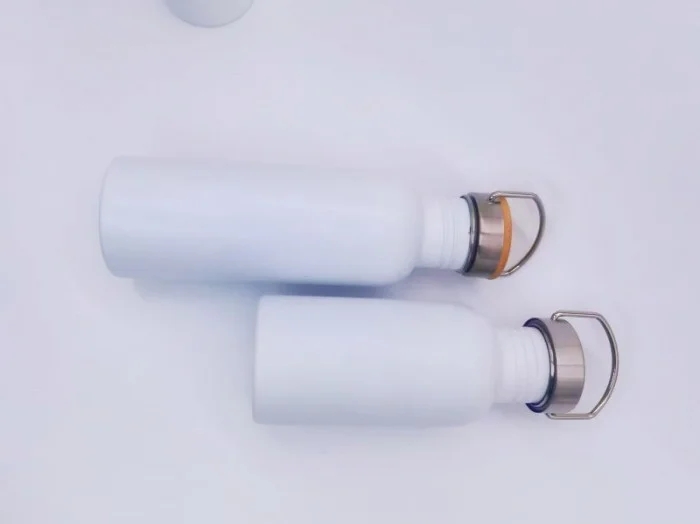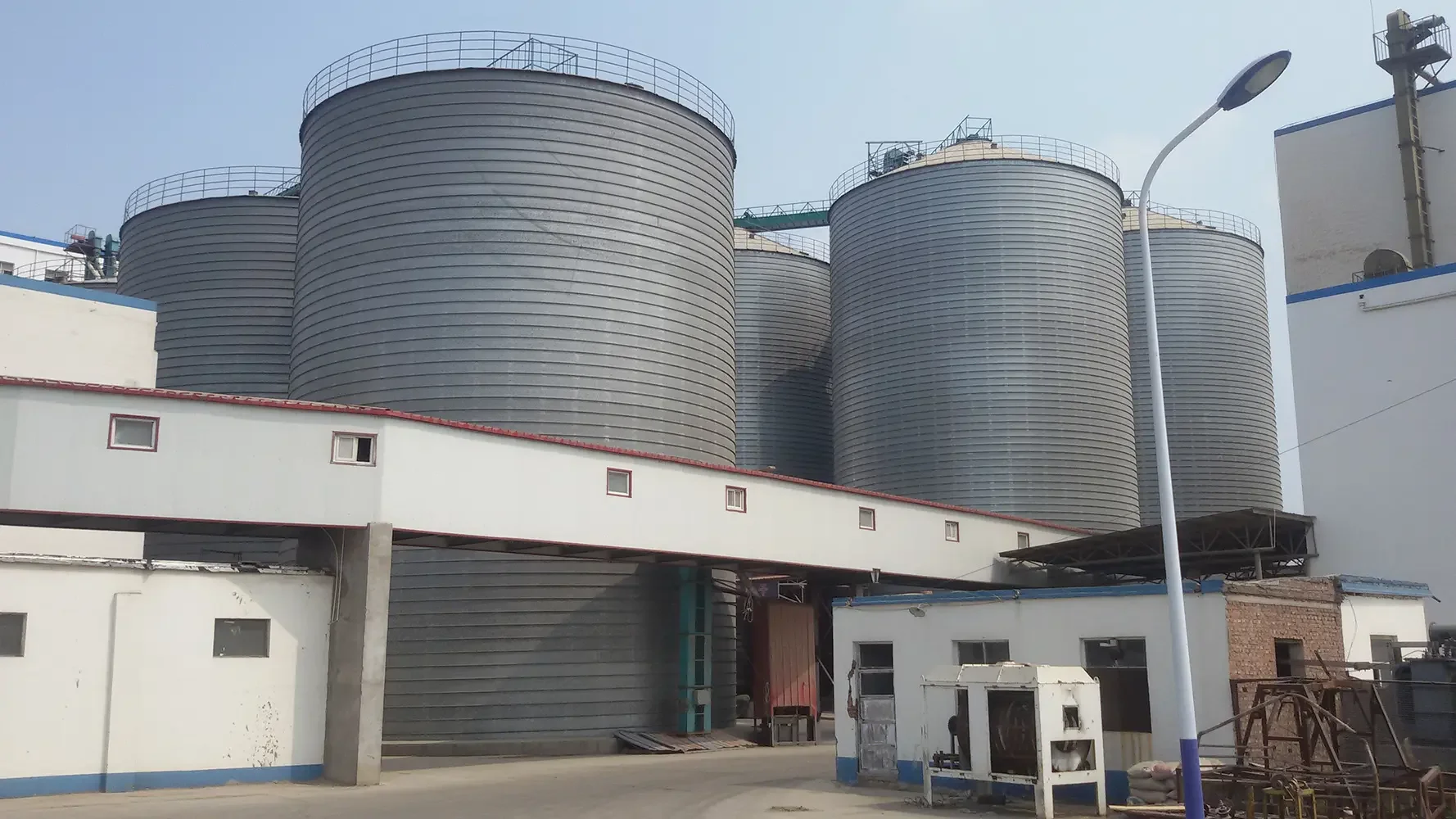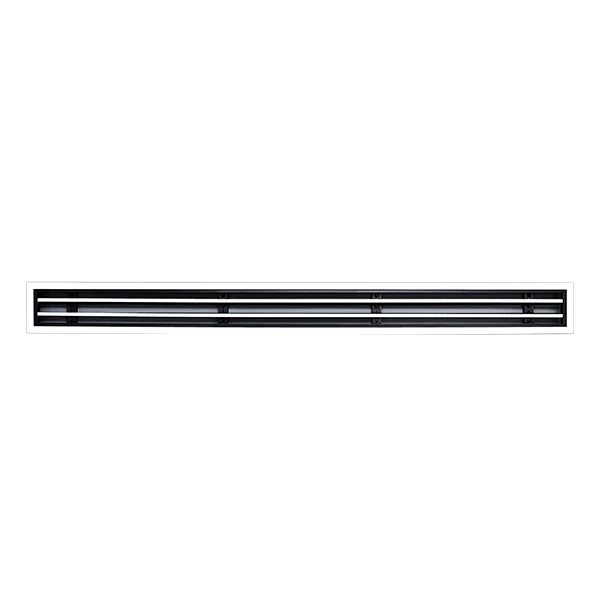In the realm of photography, lighting is not just an accessory; it is the very foundation upon which stunning images are built. For those venturing into home photography studios, understanding the nuances of light can significantly elevate the quality of your work. This article delves into the various types of lighting, their applications, and how to create an optimal environment for your photographic endeavors.
Understanding the Basics of Light
Before diving into specific types of lighting, it’s essential to grasp the fundamental properties of light that affect photography:
- Color Temperature: Measured in Kelvin (K), color temperature influences the mood and tone of your images. Daylight typically ranges from 5000K to 6500K, while tungsten bulbs are around 3200K. Understanding this concept helps in selecting the right light sources to achieve the desired effect.
- Quality of Light: This refers to the hardness or softness of the light. Hard light creates sharp shadows and high contrast, while soft light produces gentle shadows and a more flattering look. The quality of light can be manipulated using diffusers, reflectors, and various light modifiers.
- Direction of Light: The angle at which light hits your subject can dramatically change the appearance of your photographs. Front lighting minimizes shadows, side lighting adds depth, and backlighting can create silhouettes or highlight edges.
Types of Lighting for Home Photography Studios
When setting up a home photography studio, you have several lighting options at your disposal. Each type has its unique characteristics and applications:
- Continuous Lighting
Continuous lighting provides a constant light source, allowing photographers to see how the light interacts with their subjects in real-time. This type of lighting is ideal for beginners and those who prefer to work with video as well. Common continuous lighting options include:
- LED Lights: Energy-efficient and versatile, LED lights come in various color temperatures and intensities. They produce minimal heat, making them safe for prolonged use.
- Fluorescent Lights: These lights offer a soft, diffused glow and are excellent for creating even lighting. However, they may require additional color correction due to their greenish tint.
- Incandescent Bulbs: While they provide warm light, incandescent bulbs generate significant heat and can be less energy-efficient. They are best used in controlled environments.
- Flash Lighting
Flash lighting, or strobe lighting, is a popular choice for professional photographers. It provides powerful bursts of light that can freeze motion and create dramatic effects. Key components include:
- Speedlights: Compact and portable, speedlights are versatile and can be used on or off-camera. They are ideal for on-location shoots and can be easily modified with softboxes or umbrellas.
- Studio Strobes: These powerful lights are designed for studio use, offering adjustable power settings and various light modifiers. They are perfect for creating high-quality portraits and product photography.
- Natural Light
Harnessing natural light can yield stunning results, especially for lifestyle and portrait photography. To make the most of natural light:
- Window Light: Position your subject near a window to utilize soft, diffused light. Use sheer curtains to soften harsh sunlight and create a more flattering effect.
- Golden Hour: The hour after sunrise and before sunset provides warm, golden light that enhances the beauty of your images. Plan your shoots around these times for the best results.
Creating the Perfect Lighting Setup
Once you’ve chosen your lighting type, it’s time to set up your home photography studio. Here are some tips to optimize your lighting arrangement:
- Layer Your Lighting: Use a combination of key lights, fill lights, and backlights to create depth and dimension in your images. This layered approach adds interest and helps to eliminate harsh shadows.
- Use Light Modifiers: Softboxes, umbrellas, and reflectors can help control the quality and direction of light. Experiment with different modifiers to see how they affect your images.
- Control Ambient Light: Minimize unwanted light sources by using blackout curtains or adjusting your studio’s layout. This control allows you to maintain consistency in your lighting setup.
- Experiment and Adjust: Don’t be afraid to experiment with different lighting setups. Take test shots and adjust your lights until you achieve the desired effect.
Conclusion
Choosing the best lighting for your home photography studio is a crucial step in enhancing your photographic skills. By understanding the types of light available, their characteristics, and how to manipulate them, you can create stunning images that captivate your audience. Whether you opt for continuous lighting, flash, or natural light, the key is to experiment and find what works best for your unique style and vision. Remember, in photography, light is not just a tool; it is an art form that can transform your creative expression.




